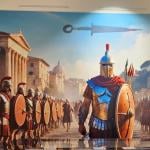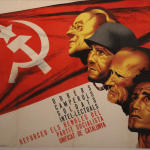PROVERBS 22:8 Solomon uses agricultural imagery to describe realities of life. Like Paul and Jesus, he says that we reap as we sow. Our actions are always a kind of planting. We are always sowing seed that will come to fruition later on. If we sow righteousness, we will reap eternal life; if we sow iniquity, we reap “vanity,” that is to say, insubstantial nothing. (more…) Read more
















